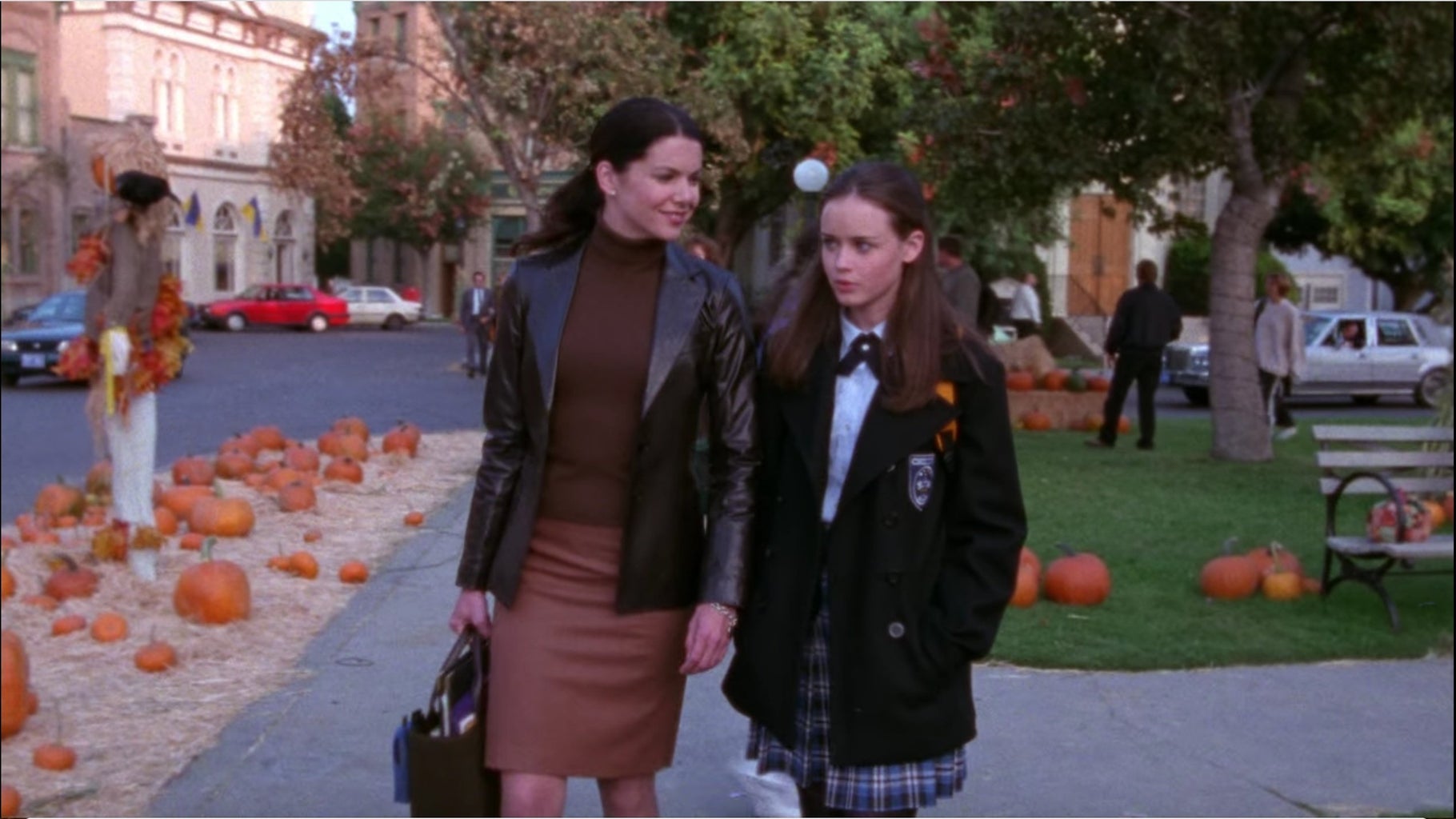Disclaimer: This article contains spoilers about the mentioned shows.
As a lover of television and all things pop culture, my post-midterm regimen generally consists of catching up on shows I wanted to see or rewatching ones that I loved. However, looking at these shows through the lens of sex positivity and female empowerment, a trend revolving around the female main character facing punishment for sexual relationships emerges. It’s especially prevalent in beloved 90s classics. While this doesn’t necessarily mean we have to stop watching these programs, it’s important to recognize how purity culture has engaged with the film industry in this way, especially when it comes to idolized female main characters.
What is Purity Culture?
Purity culture is a subculture of Christianity that was strongly perpetuated in the 90s, with the ideals generally revolving around strict gender roles and female chastity. It was created as a response to the AIDS epidemic and the sexual revolution of the 60s and 70s. Purity culture took hold of the 90s through products such as purity rings, and was also implemented in schools through abstinence-only sexual education and virginity pledges. Information about sexuality and safe sex was withheld from many of those growing up in the 90s, and adolescents were often shamed for having sex or even dating. Naturally, this resulted in other issues such as distorted views of masculinity and relationships. Much of purity culture also amplified gender discrimination and misogyny, as young girls were considered responsible for ensuring the purity of their male counterparts.
While as a society we have moved away from this negative view of sex and the resulting implications related to masculinity and gender stereotypes, it’s important to recognize that much of the media that we consume is heavily influenced by this narrative.
How has purity culture influenced the media?
We all know that many of our favorite television shows, especially the older ones, were products of their time. I know that I am not the first person to rewatch an older movie only to cringe at some of the phrases used or how various characters are portrayed. While we have been able to recognize that late the 90sandearly2000’s use of words such as “retard” or reliance on fatphobia for comedy are outdated, the way sexual relationships are portrayed might be more subtle.
The 90s featured many of our favorite female main characters, making it seem like a great time for female representation in the media. “Buffy the Vampire Slayer,” “That 70’s Show,” “Sabrina the Teenage Witch,” “Boy Meets World” and many others all featured female leads that are still beloved to this day. “Gilmore Girls,” released in 2000, was also heavily influenced by the 90s. While many of these female leads are praised for being opinionated, strong and intelligent, the way that some of their sexual relationships were handled on television are less-than-desirable, and were clearly influenced by purity culture.
Some of the female leads of the aforementioned television shows include Buffy Summers, Rory Gilmore, Topanga Lawrence and Jackie Burkhart. Many of these characters remain relevant to this day thanks to reboots like “That 90’s Show,” “Girl Meets World” and “Gilmore Girls: A Year in the Life.” When we take a closer look at how sex is portrayed in this show, it’s clear that many of the main female characters are punished by the plot for their sexuality.
The first television show where I actually began to notice the relevance of purity is “Gilmore Girls,” solely due to the fact that sex has very negative ramifications for the three female main characters, even though sex is not technically “viewed negatively” by the show. Rory Gilmore, Lane Kim and Paris Geller constitute the show’s young heroines. Not one of these characters has a positive experience with losing their virginity.

Rory Gilmore, in an unfortunate lapse of judgment, sleeps with her now-married former boyfriend Dean, a choice that obviously results in the ending of a marriage, as well as disappointment from Lorelai, Rory’s mother. When Lane has sex for the first time with her husband, she immediately gets pregnant with twins due to a condom malfunction, and when Paris has sex for the first time, it results in the embarrassing speech plot-point. While it may be normal for there to be a chastity culture surrounding characters such as Emily Gilmore or Lane’s mom, the fact that each of these characters is essentially punished and faces negative consequences for her personal choices is unfair and a clear result of purity culture. The “losing virginity” plot issue is seen with other popular 90s television shows.
“Buffy the Vampire Slayer,” an iconic supernatural teen drama, features the badass heroine Buffy Summers, who fights the forces of evil on top of being a teen girl. Her main love interest for the beginning of the television show is Angel, a vampire (of course). Setting the age difference problems aside, the main problem with their relationship occurs when they have sex for the first time, as it causes Angel to lose his soul and go on a vampire killing spree, as he is cursed to lose his soul if he is ever truly happy. “Buffy the Vampire Slayer” is known for relying on Christian themes, and putting this high price on virginity for the main character is an unfortunate plot-point.
“Boy Meets World” is another iconic and well-known 90s program. This television show centers around the main character Cory Matthews’ transition from an elementary schooler to eventually a married adult. His love interest for the duration of the television show is Topanga Lawrence, who is known for being intelligent and ambitious. Seeing that the television show covers their romance as it develops from young puppy love into an actual marriage later on, the sexual relationship between the two is obviously addressed eventually. The actors mentioned being uncomfortable that the network refused to discuss safe sex in the episode that deals with Cory and Topanga having sex for the first time. This goes to show that conversation surrounding sex continues to be taboo, even if it’s the entire focus of the plot.
Abstinence-only education refuses to discuss safe-sex and the possibility of STDs. Furthermore, it places a moral worth on people who do not engage in sexual intercourse before marriage, which promotes toxic gender stereotypes and “slut-shaming.” These aspects of purity culture are evident in many of the television shows from both the 90s and the early 2000s. While it’s an obvious trope in horror movies (see: “Virgins Never Die in Horror Movies” trope) it can be more subtle in some of our favorite shows.
In order to move past this negative portrayal of sexual relationships that is ingrained into the media, it’s important that we not only watch television shows that are more sex positive, but that we also recognize that many of the plot-points surrounding these older television shows are outdated and should be treated as such. For those of us who know younger people who are consuming this media for the first time, we should enter into discussions about consent, safe sex and the fact that sex does not have to be a negative thing or result in negative consequences. While it’s okay to watch these shows, especially because many of them are comfort shows for us, we should also consider promoting shows that deal with the topic in a more responsible way, especially when the audience is younger and more impressionable. My personal recommendation is “Sex Education.” This television program deals with more realistic aspects of sexual relationships, including conversations relating to various types of birth control and consent. It also portrays common problems faced when someone is exploring their sexuality, including Vaginismus, being unable to orgasm, and unwanted pregnancy. This makes it a top pick for a television show that approaches sexuality and virginity in a way that is educational and realistic, unlike some of the shows mentioned before.



